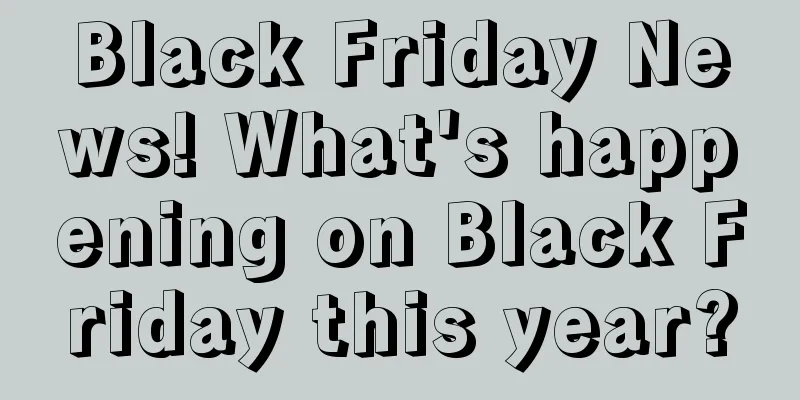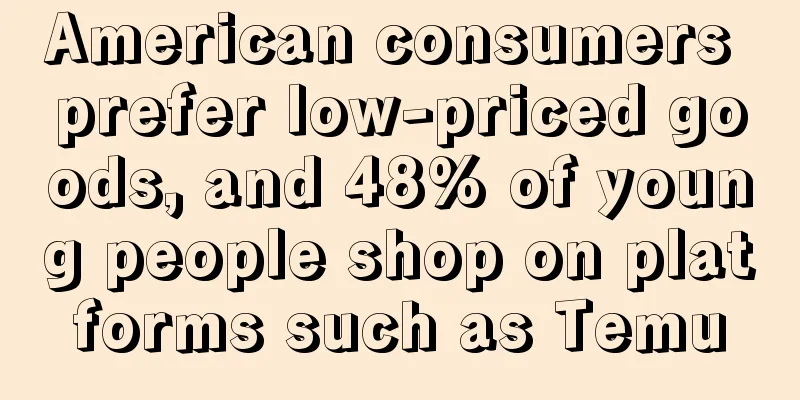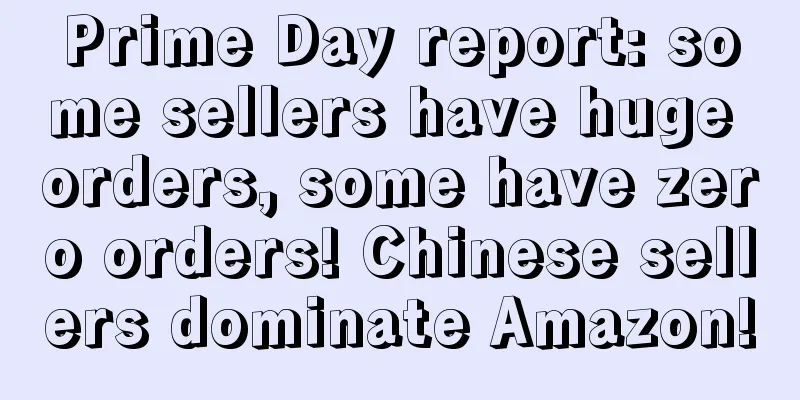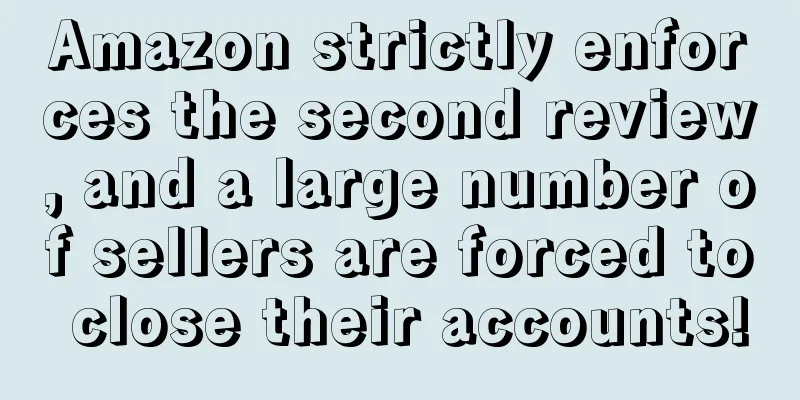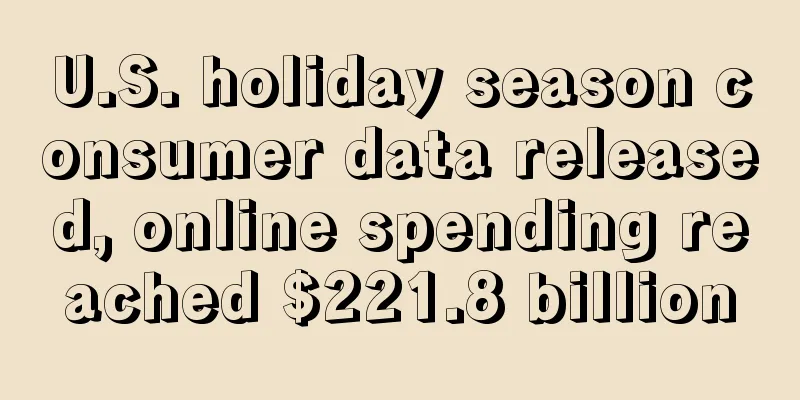FBA starts to charge new fees! The next quarter will start to cut leeks
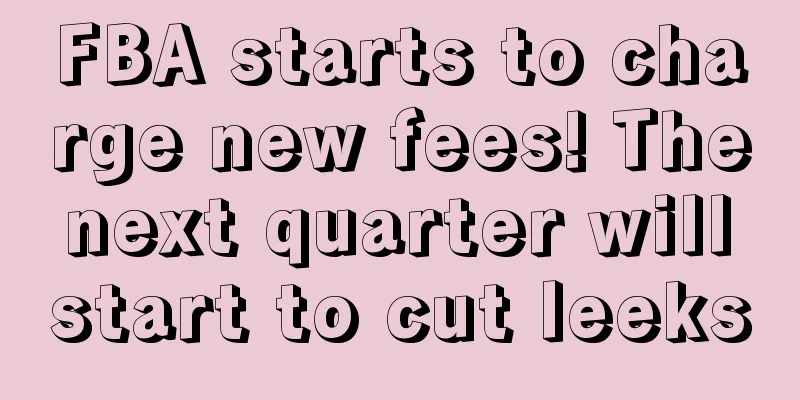
|
After the outbreak of the epidemic, Amazon has introduced a number of policies to exempt sellers from FBA fees, such as exempting long-term storage fees, exempting European sellers from monthly storage fees, and so on. Now that the United States is gradually resuming work, these favorable policies of Amazon may also end soon, and they have also begun to try to launch some paid services. Recently, Amazon announced that it will implement the latest IPI standards in Japan and Europe, and start charging FBA inventory excess fees. (The Japanese site will be implemented on September 1st, and the European site will be implemented on August 1st) ◆ ◆ ◆ ◆ IPI latest rules In October last year, the US site implemented new IPI rules, raising the inventory limit from 350 points to 400 points. If the seller's IPI score is lower than 400, the seller will be restricted from using FBA storage space. IPI's inventory restrictions are effective on a quarterly basis, so if there had been no epidemic, this policy should have been announced in the last month of the first quarter of this year and implemented in April. After the outbreak of the epidemic, FBA's inventory situation has become a mess. European sites cannot even sell non-essential products normally. The IPI index is definitely greatly affected, so this policy can only be postponed. Now the adjustment of inventory performance shows that the epidemic situation is gradually improving. Amazon can put this charging and restriction policy back on the table. However, this policy is a bit confusing. Let me explain it to you. ◆ ◆ ◆ ◆ The IPI red line is raised to 400 points. This policy is effective immediately for European and Japanese sites! Now, if the IPI is below 400 points, you will be notified by email that there is a potential risk of inventory restrictions. If there is no further improvement, inventory restrictions will be implemented starting from the next quarter (July). The two deadlines mentioned above, August 1 and September 1, are the dates for the collection of excess inventory fees. If a European seller unfortunately does not meet the IPI standard and is subject to inventory restrictions in July, he will have to pay excess inventory fees every month starting from August. (For Japanese sellers, it will take effect in September) As for the US site, which has already implemented the latest IPI standards, payment will take effect in July . Sellers on the US site must pay close attention to their IPI scores from this month to June 21. If there is no way to raise the score, at least clear out some of the inventory, because the excess inventory fee... is a bit expensive. The US site charges $10 per cubic foot, which is about $350/m³; the European site charges €320/m³ (except for the UK, which charges 7.8 pounds per cubic foot); the Japanese site charges ¥31727/m³ , and the fee is paid monthly. Add the monthly storage fee and the long-term storage fee (if any), and it is really not a small amount of money. ◆ ◆ ◆ ◆ Inventory performance algorithms and improvements Only by understanding how IPI is calculated can you optimize it accordingly. The IPI score is composed of the following factors: excess inventory ratio, FBA sales rate, inventory ratio without sales information, and FBA spot rate. 1. Redundant inventory ratio It refers to the proportion of redundant inventory in the total inventory. The product's supply days exceed 90 days, or at least one item in the inventory has been stored for more than 90 days and the system determines that the cost of continuing to store it is higher than the cost of other corresponding measures (such as abandonment, price reduction, etc.). In the above two situations, FBA inventory will be determined as redundant inventory by Amazon. Deal with unsaleable products as soon as possible, reduce the price or abandon them, so that this score can be kept in a healthy range. During the epidemic, some categories on the European site are forced to be unable to sell, and the backlog of inventory has greatly lowered the score. These sellers can appeal to exempt themselves from the inventory restrictions in Q3 . You can privately chat with me at the end of the article for specific methods. 2. FBA Sell-through Rate Given the number of orders sold through FBA, Amazon naturally does not like inventory with poor sales to take up too much inventory space. Poorly selling inventory can easily become redundant inventory. Now the sales of some categories caused by the epidemic are not optimistic. Categories such as clothing and outdoor are among the categories that have been severely hit. If the IPI score deducted earlier is difficult to increase, it is a better choice to sell at a discount to clear the inventory as soon as possible . Amazon has also restored LD and Coupon in the past two days. Sellers in categories that are severely affected can decide based on the recent recovery of orders. 3. Proportion of inventory without sales information With limited inventory space, it is natural that products with no sales information will not be allowed to exist. Generally, only when switching from self-delivery to Amazon delivery will there be no sales information. You can repair the pages of these products in time. This is a relatively easy standard to maintain. 4. Amazon Logistics Inventory Rate The platform requires all salable listings to be in stock, especially FBA products that are endorsed by the platform to a certain extent. The standard for comparing whether the inventory is sufficient is the sales volume of each SKU in the past 60 days. If the FBA product has poor sales due to the epidemic, this indicator will look better. However, the last factor has less impact on the total IPI score than the first two, so capable sellers should first optimize the two performance factors of redundant inventory and sell-through rate. In the past two days, sales of most categories have shown signs of recovery. Coupled with the continuous delays in logistics, many sellers are more likely to encounter problems of out-of-stock and out-of-stock. This will make some sellers impulsively replenish a lot of goods at once, which makes it easy for them to be cut by the excess fee when the IPI exceeds the standard in Q3. Therefore, not only the sellers who are currently overstocked, I also suggest that others should boldly replenish their stocks while also being prepared to deal with slow-moving inventory. |
<<: Suddenly received a warning letter! Amazon is going to kill a large number of stores again
>>: The lighting category is about to explode! New opportunities for Amazon sellers
Recommend
What is Shopclues? Shopclues Review
Shopclues is an Indian online shopping platform. I...
Amazon seller support contact information, no longer worried about "no one to help"!
When you choose to use Amazon as a selling platfor...
What do excellent Amazon operations personnel do every day?
As an excellent Amazon operator, you need to inve...
Pessimism among American consumers is spreading! Where are the growth opportunities for cross-border sellers?
Currently, inflation in the United States has reac...
What is WooRank? WooRank Review
WooRank is a website analysis tool that scores web...
Another market tightens its scrutiny, more than 120,000 independent website sellers may be subject to tax inspections!
It is learned that as the number of e-commerce pla...
What is Chaoxi International Logistics? Chaoxi International Logistics Review
Xiamen Chaoxi International Freight Forwarding Co....
What is Ermetic? Ermetic Review
Ermetic is an enterprise cloud security service pr...
Target is focusing on localized delivery and establishing 10 store sorting centers
On Friday, September 8, Target shared its progress...
What is Office Works? Office Works Review
Established in 1994, Office Works is Australia'...
What is the European Patent Office? European Patent Office Review
The European Patent Office (EPO) is one of the two...
What is FastBuy? FastBuy Review
FastBuy is the first and largest Chinese shopping ...
The only way for high-quality sellers: How to establish an overseas warehouse in the United States
"Wen Dao Seminar: Activity Overview" Nov...
Basic steps and methods to create high-end listing details page
Dear friends, do you want to create attractive li...
Walmart is betting on children's clothing! It is accelerating its pace to compete with Amazon for the US clothing market!
<span data-shimo-docs="[[20,"沃尔玛押注童装!与亚马逊争...
